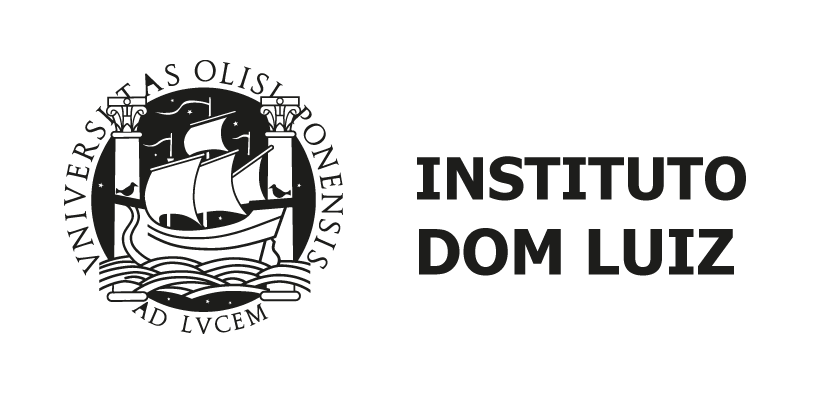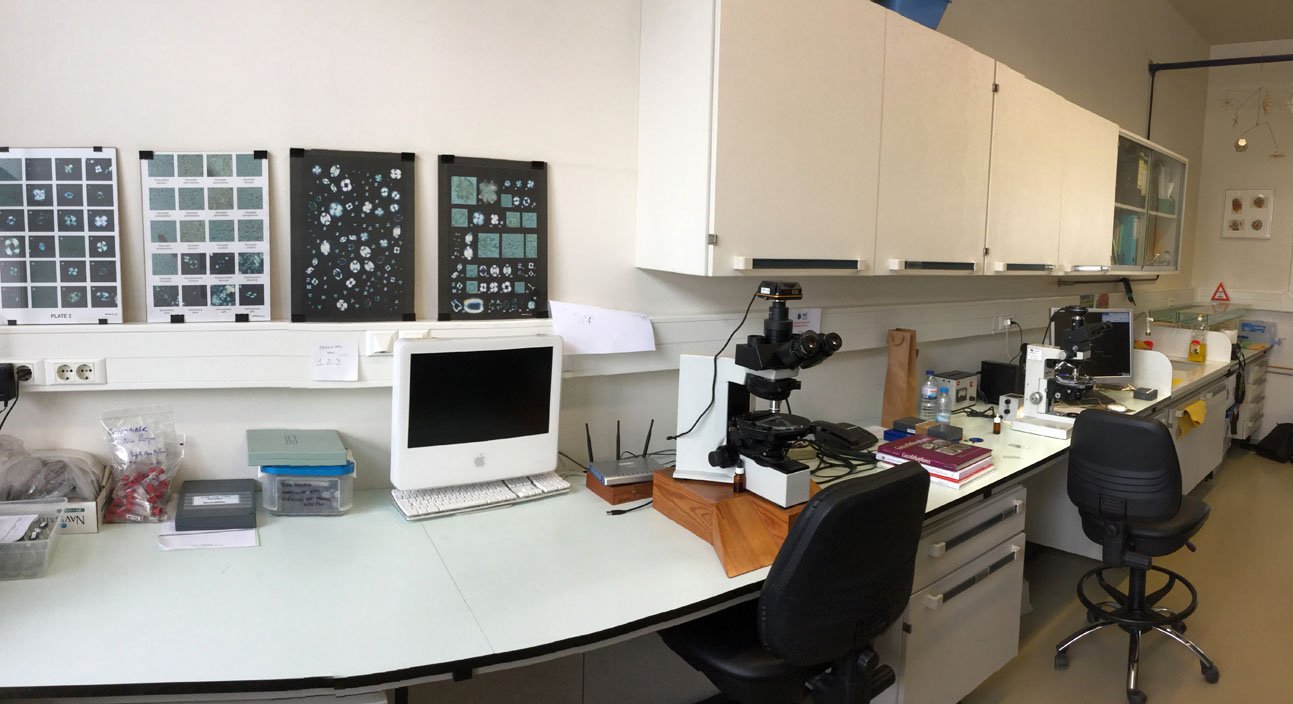NanoLab
Overview
The IDL Calcareous nannofossil Laboratory (NanoLab) is the only laboratorial facility in the country exclusively dedicated to micropaleontological studies of Meso-Cenozoic calcareous nannofossils as well as their extant relatives (calcareous nannoplankton, in general, and coccolithophores, in particular). It can also support any observations that may require the use of high resolution petrographic (cross Nicol’s) optical microscopy.
It is located on the fourth floor of the C6 building (6.4.67) at the Ciências UL campus, Campo Grande and is managed by Mário Cachão (IDL RG2).
It supports all research including advanced post-graduate training on biostratigraphy, marine paleoecology and paleoceanography based on calcareous nannofossils for the academia, for IDL RG2 own research, for MARE and other research groups and external entities such as biostratigraphy consultancy companies for the oil industry sector.
It contains specific laboratorial equipment for preparation, identification and quantification of calcareous nannofossil from geological sections or cores, calcareous nannoplankton from surface sediments and Coccolithophores from ocean and marine water column. It is also prepared for digital morphometric analysis and photographic documentation of these specialized groups of microfossils.
Yearly, around 10 post-graduate students of the Geology and Marine Sciences Masters as well as international exchange students (e.g. ERASMUS, with other universities, namely from Spain and Italy), and 1 to 3 PhD students use this facility to support their research either for discipline reports (e.g. Micropaleontology, Paleoceanography), project or thesis.
Main funding derives from national projects and, occasional, from participation on international projects (e.g. PAGEO2, CHASE).
Equipment
The NanoLab is located on the fourth floor of the C6 building (room 6.4.67) at the Ciências UL campus, Campo Grande.
It contains specialized bibliography namely the entire collection of the Journal od Calcareous Nannoplankton and several sample reference data bases.
Main equipments include: i) a Precision scale (1); specifically developed preparation equipments for quantitative analysis by random settling (2 Nanodromes); 5 petrographic microscopes (cross polars) with maximum magnifications ranging from x1250 to x3000, four of them equipped with digital camera; and a Dryer/oven.
Has no specialized technician depending entirely on senior and more experienced researchers that work in the Lab.
Main highlights:
The Lab is fully equipped to produce calcareous nannofossil biostratigraphy analysis for the private sector, namely for the marine derived hydrocarbon resources industry. Collaboration with both national and international consultancy companies.
It supports several services in collaboration with ongoing projects ranging from open ocean to coastal areas, in studies that cover from paleoceanography and climate change to tsunami and storm coastal paleonvironmental analysis and risk assessment.
In future the NanoLab will continue to further develop more biological driven present day studies on water column samples namely to address marine phytoplankton fertilization in open ocean conditions.
Contact Person
Mário Cachão | mcachao@fc.ul.pt
Address
FCUL, Building C6, room 6.4.67








